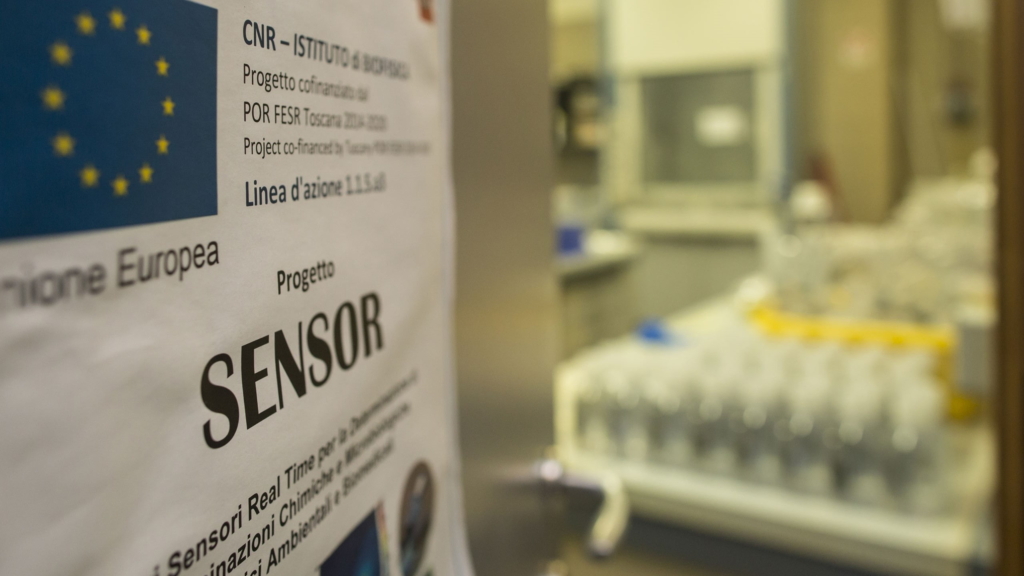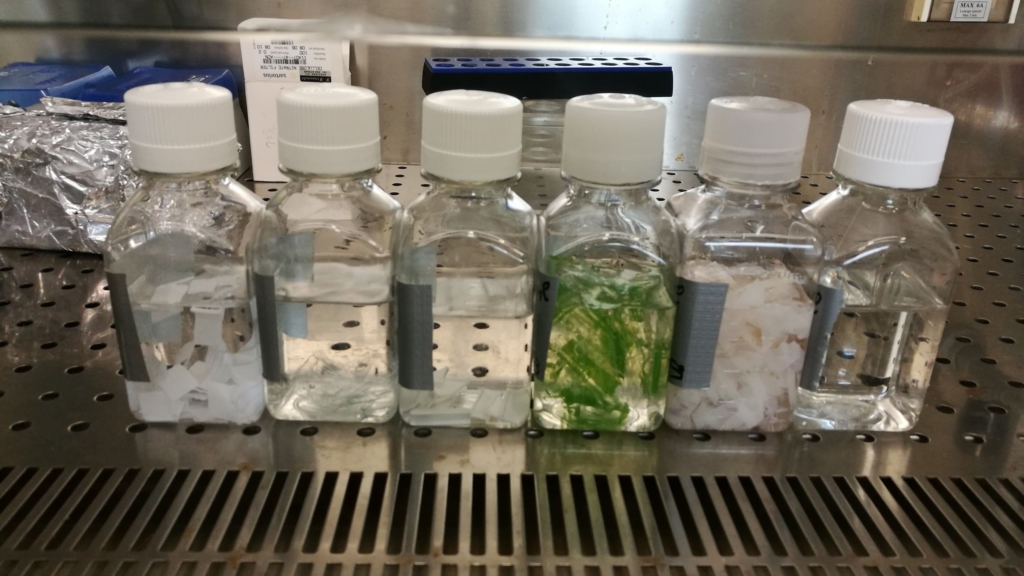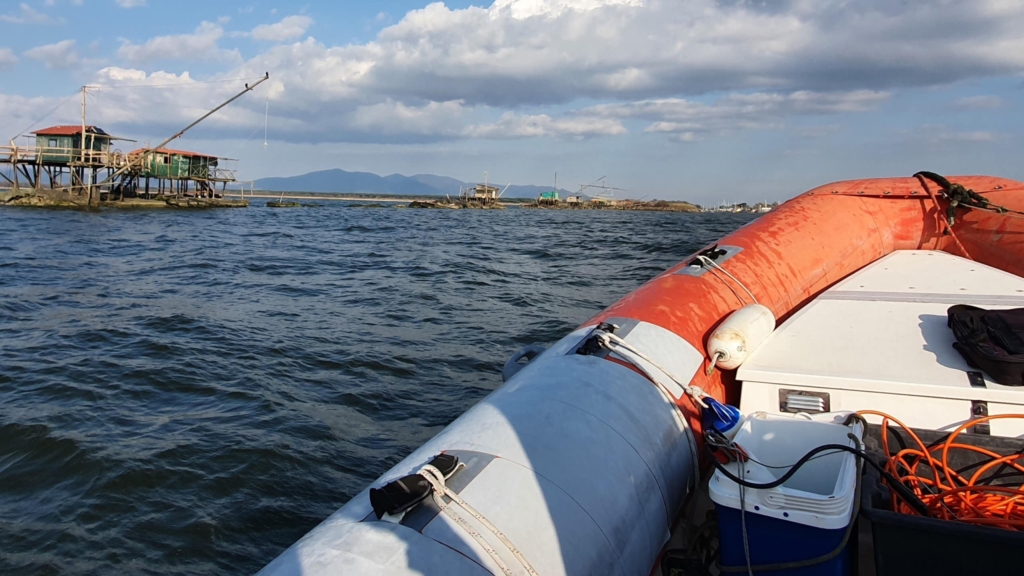Oceanographic cruises, Projects
CISAS, international center for advanced studies on the environment, ecosystem and human health
The main goal of the CISAS project, coordinated Dr. Mario Sprovieri (CNR-IAS), is to understand the mechanisms of transfer of conventional and emerging contaminants from the environment to the ecosystem and to humans. The project studies the impact of different species of contaminants on human health, with particular attention to the biochemical and biophysical mechanisms (with an integrated approach now known as “systems biology”) that determine and regulate the interactions between pollutants, ecosystem (in complexity and at different species-population levels) and human health (with an integrated and systemic approach).
DOM-contaminants interactions
La!DOM has been involved in this project for its expertise in the study of DOM dynamics in seawater. La!DOM contributes to WP2 “Contaminants in the environment” studying the interactions between DOM and contaminants, focusing on the DOM fraction interacting with light and therefore providing information on the presence of humic substances that react with contaminants.
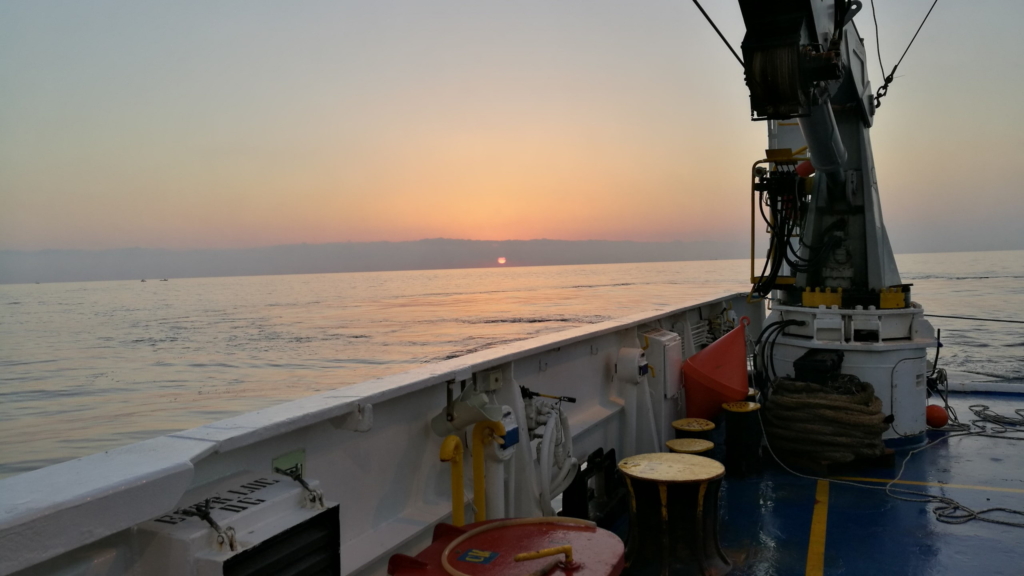
Sunset during the cruise
The phases of the project
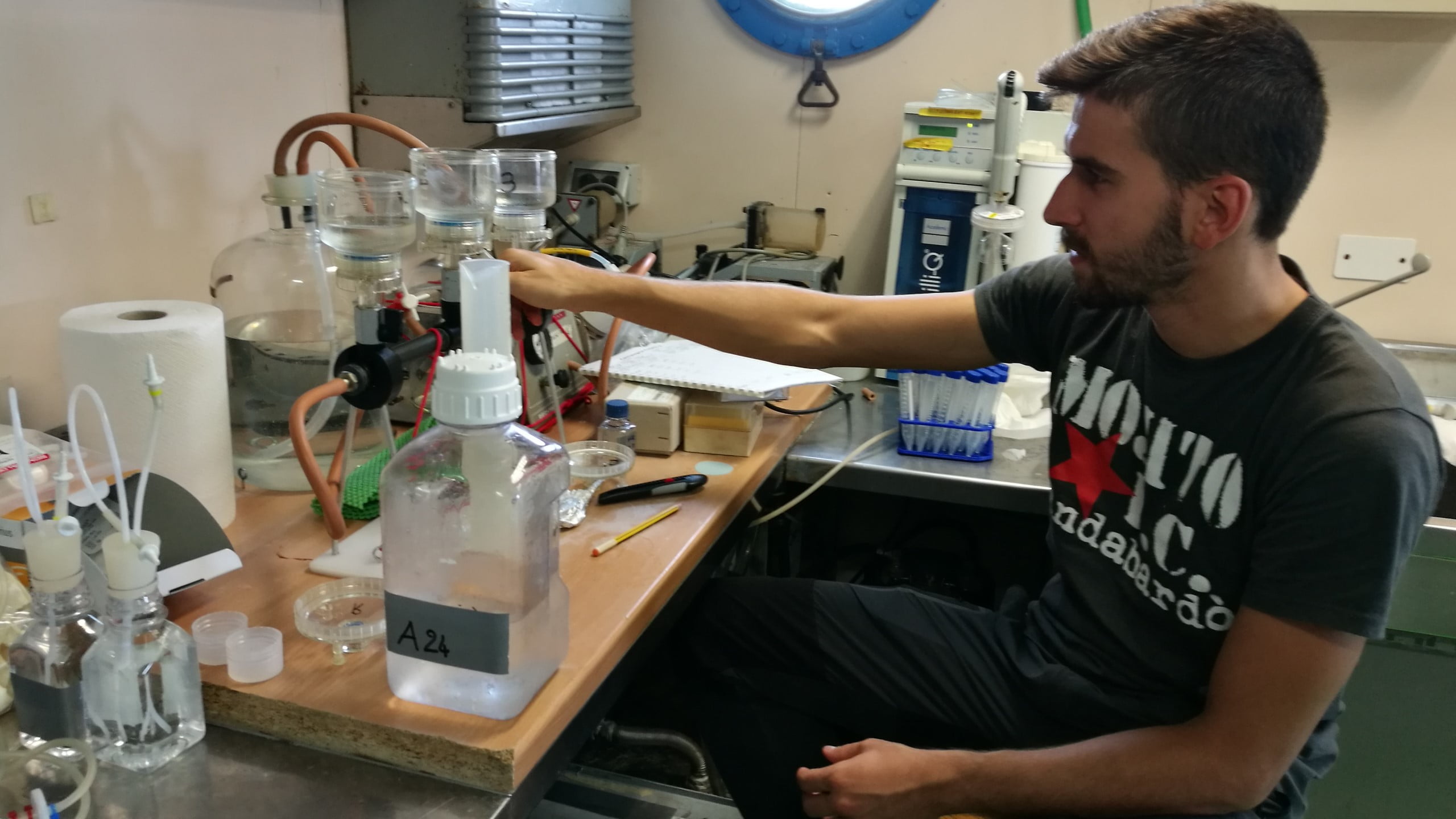
Giancarlo is filtering onboard the samples collected in the Augusta Bay
Oceanographic cruise in the Augusta Bay and in Crotone
La!DOM participated in the oceanographic campaigns in the sites of national interest (SIN) of Augusta and Crotone in order to obtain the first information on the distribution of dissolved organic matter (DOM) in these two sites, characterized by a high anthropogenic impact.
The data showed high contamination of organic substances in the Augusta SIN along the entire water column. DOC values were well above those normally measured in coastal areas.
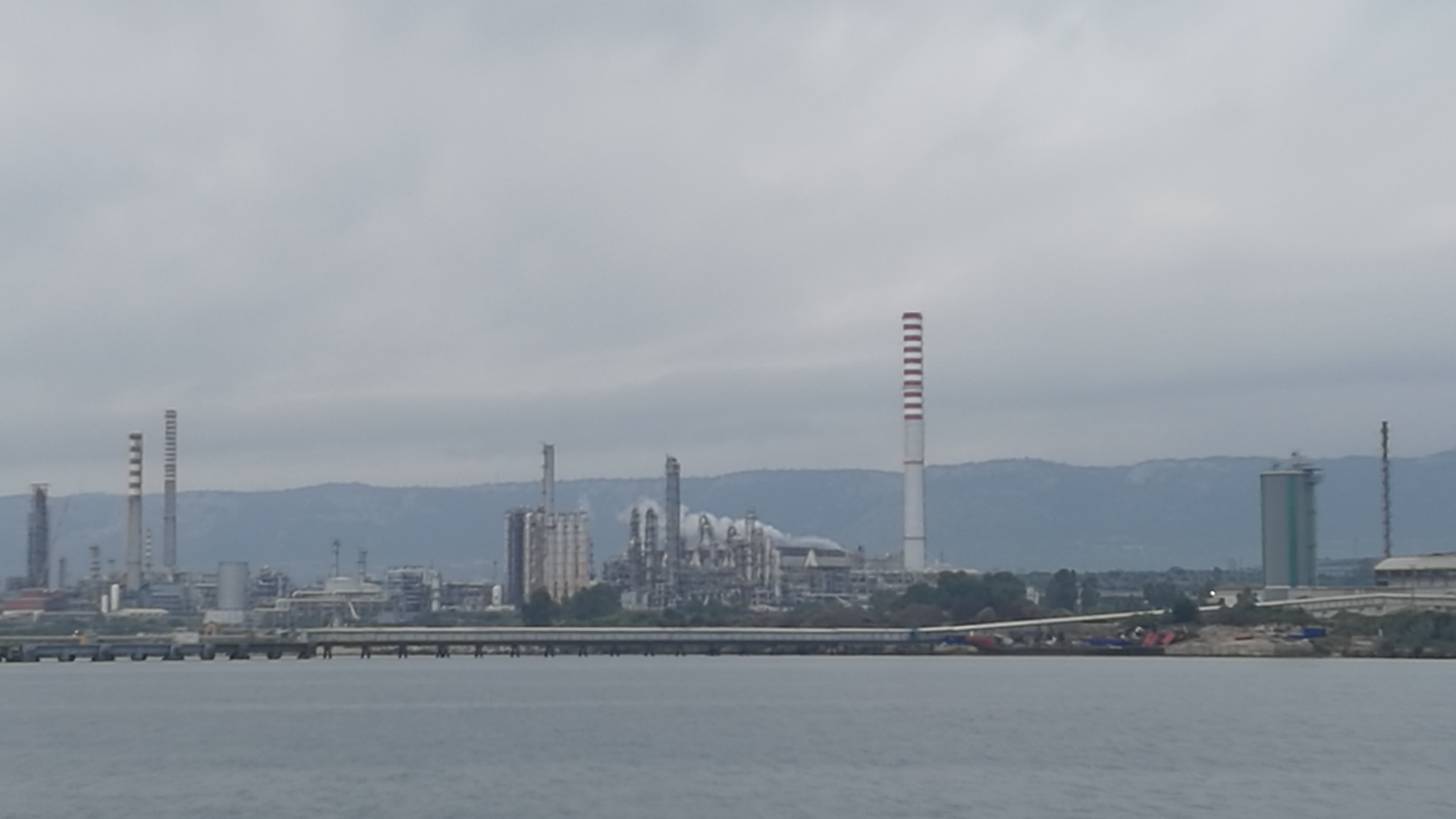
View of the Rada di Augusta with its sources of pollution
High humic substances fluorescence in the SIN of Augusta and Crotone
Our fluorescence measurements showed high fluorescence of humic-like substances in the Augusta and Crotone areas. A very important feature of humic-like substances is that they are natural binidng agents fro many metals and contaminants, and that they are able to modify the bioavailability of these substances. The abundance of these substances represents an additional criticality for these areas.
It is noteworthy that the distribution of these molecules is strongly influenced by the water masses circulation, these data can therefore be used to validate and implement the circulation and dispersion models of contaminants.

View of the Rada di Augusta with its sources of pollution
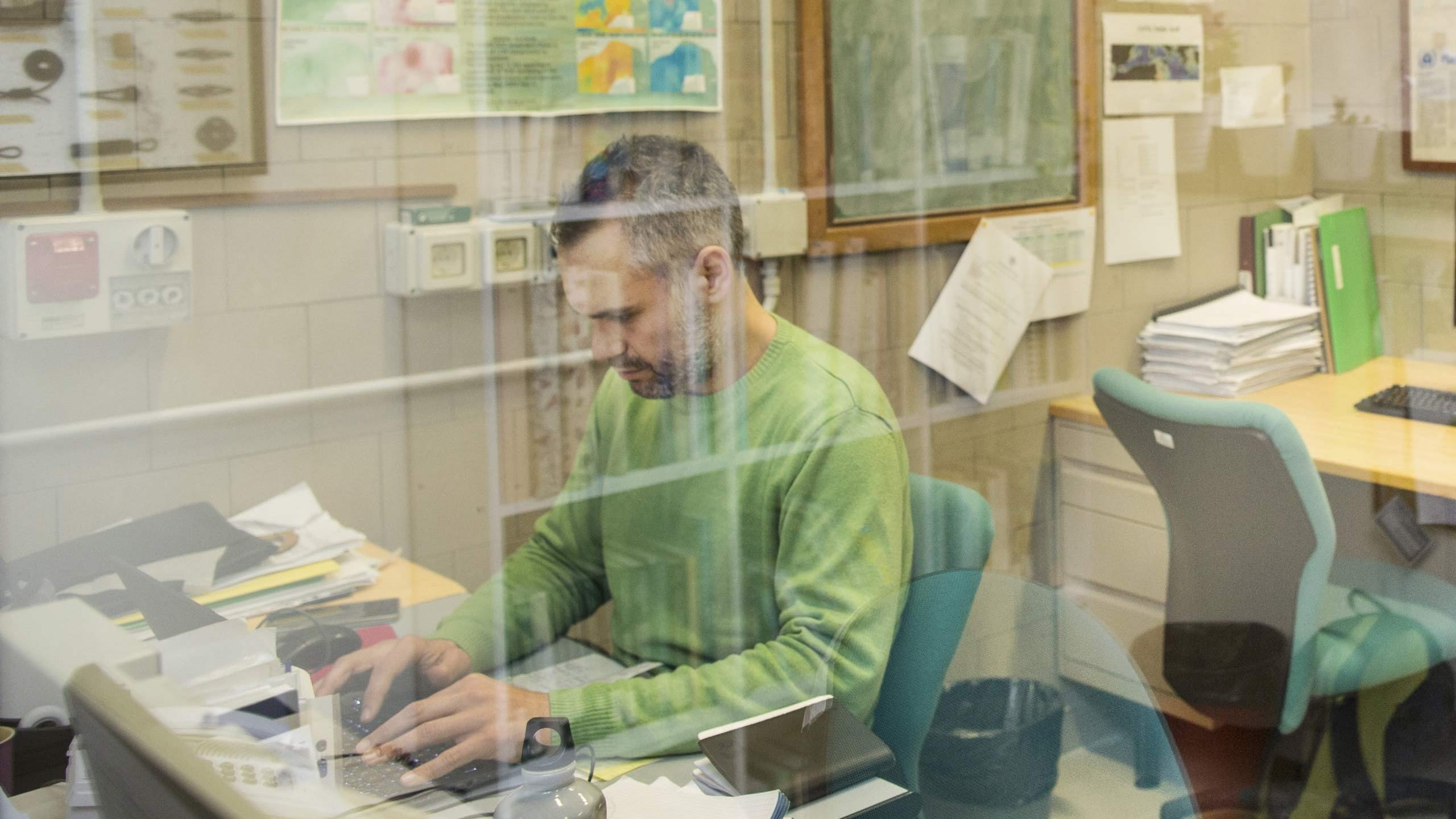
Yuri is working on the data collected in the framework of the CISAS project (Credits Mauro Boni)
Data elaboration
We are processing the data collected in the cruises in order to obtain the first information on the dynamics of DOM in highly polluted areas. It is important to remember that the DOM interacts with all contaminants, modifying their toxicity and bioavailability
